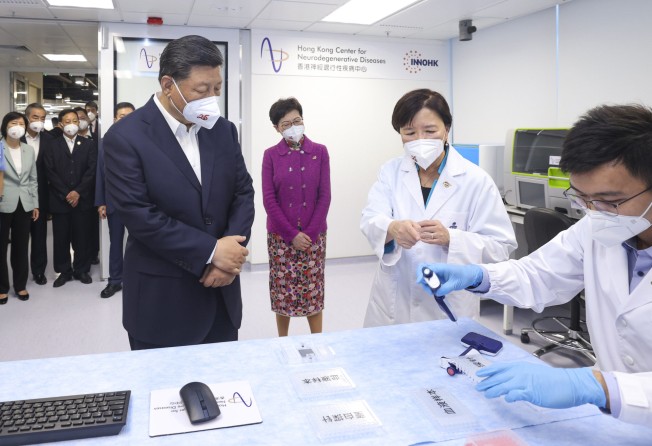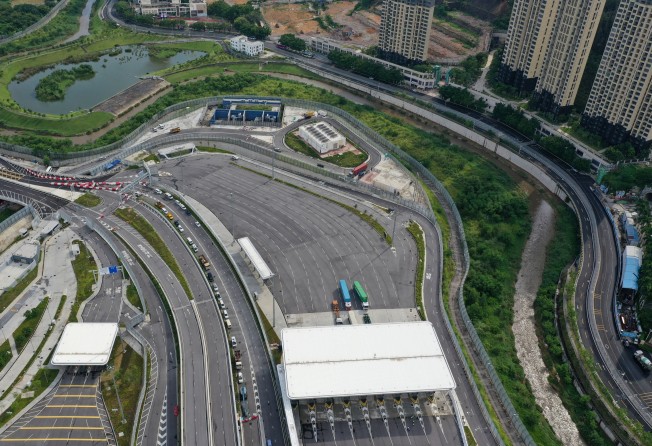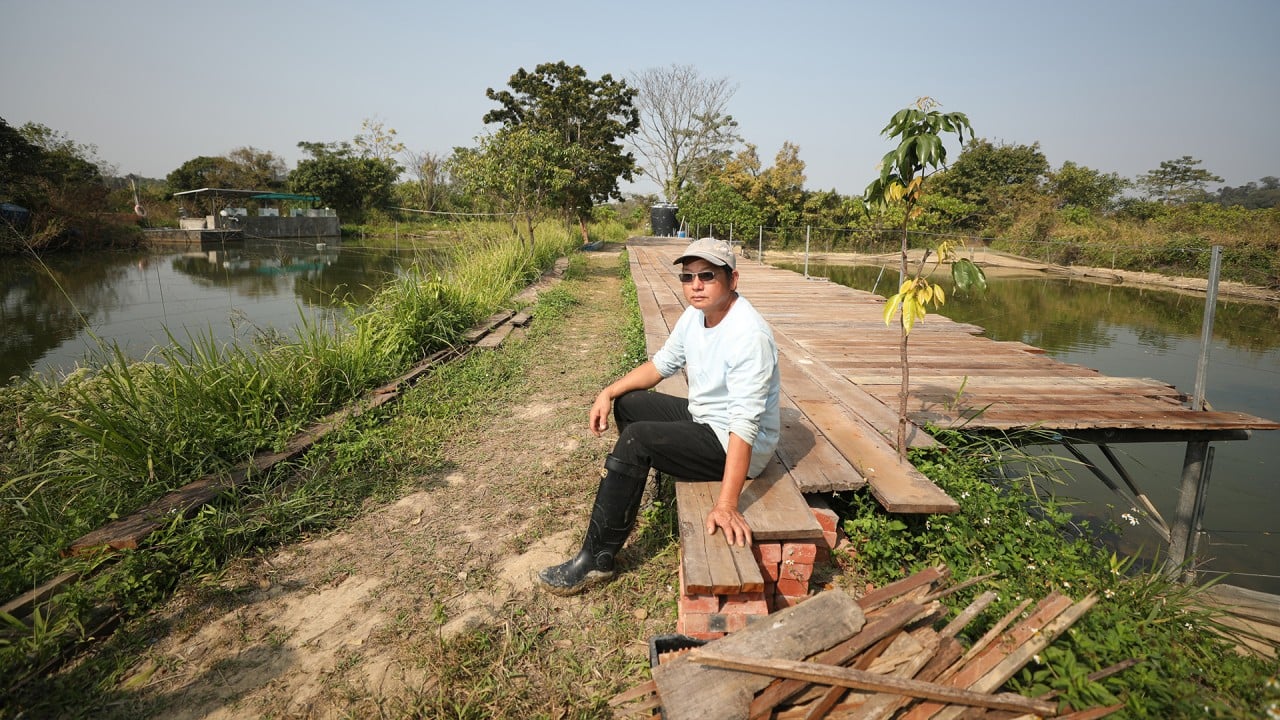
To chart a new economic course for Hong Kong, build a new north-south rail line
- If the city is to transform into an innovation hub, high value-added manufacturing and new industries will need better transport connectivity
- A new rail line that runs the length of the eastern New Territories and links to Hong Kong Island would be a bold statement of intent

Chief Executive John Lee Ka-chiu intends to proceed with the plan to build an innovation and technology hub in northern Hong Kong.
First proposed by former leader Carrie Lam Cheng Yuet-ngor, the Northern Metropolis scheme aims to create thousands of jobs and homes, shift the economic centre of gravity to the New Territories, and deepen Hong Kong’s integration into the Greater Bay Area.
The Northern Metropolis will require new rail links to connect future new towns near the border to the urbanised parts of the New Territories. This will involve joining up a new Northern Link with the existing East Rail and West Rail lines to ease travel to the eastern and western sides of the city.
However, the current plans have two major weaknesses. First, the East Rail and West Rail lines are already saturated, and it will be hard to meet future needs by simply extending them.
Second, the plans fail to maximise the potential of the Eastern Knowledge and Technology Corridor from the government’s Hong Kong 2030+ blueprint for the city’s development.
This risks holding back the creation, in the east side of the New Territories and Kowloon, of a cluster comprising universities and hi-tech and knowledge-based industries such as data centres and science parks.

To create a more balanced transport network for the city, the government should consider a north-south rail link that stretches from Liantang Port on the border to Hong Kong Island.
This vertical rail line would pass through Sheung Shui, Tai Po Industrial Estate, Science Park, Fo Tan and the major interchange of Tai Wai – all on the east side of the New Territories. From there, it would connect to San Po Kong near the Kowloon East business district, the residential hub of Lohas and Tseung Kwan O Industrial Estate, before finishing across the harbour at Siu Sai Wan.
A north-south rail artery that shrinks the distance between Hong Kong Island and the increasingly nominal border with Shenzhen would unlock previously unimagined potential. It would revitalise old industrial estates and make possible wide-ranging developments that combine housing and employment opportunities.
This should help reduce long commutes and ease traffic congestion across the city. Moreover, the rail line and property projects along it should be developed in tandem, to speed up the provision of new homes.
In the long run, Liantang Port will expand the economic hinterland between Hong Kong and Shenzhen, and further spur the development of the eastern part of Guangdong. Strategically connected to the Shenzhen Eastern Corridor, Liantang Port serves as a starting point for journeys to eastern Guangdong and to Fujian and Jiangxi provinces beyond.
Major rail projects in recent years, such as the local section of the Guangzhou-Shenzhen-Hong Kong high-speed railway and the Sha Tin-Central link, have been dogged by delays and cost overruns. These problems stemmed in no small part from the MTR Corporation’s monopoly status. Competition will improve the construction of new infrastructure projects in Hong Kong.
Notwithstanding its expertise and role in creating and running Hong Kong’s rail transport system, the MTR Corp should not be the default builder of a north-south line. The new system could be built by, for instance, a team of state enterprises and mainland railway companies. This approach would not only ensure speedier delivery, but would also steer clear of vested interests, and avoid the bureaucracy in the MTR Corp model.
Leveraging the latest technology, the new rail project could include a double-deck tunnel, with a twin-track passenger railway on the lower level and roads for transporting goods on the upper level. This would optimise tunnel use and allow for staggered maintenance, thus minimising service disruption.
John Lee has pledged to boost Hong Kong’s competitiveness by developing the city into an international innovation and technology hub. High value-added manufacturing and new tech industries will need transport connectivity.
A new rail line that runs the length of the eastern New Territories into East Kowloon and links with the eastern tip of Hong Kong Island would be a bold statement of intent that the new administration is powering Hong Kong’s economy in a new direction.
Looking beyond the 25th anniversary of Hong Kong’s return to the motherland, it is imperative for the city to lay the right foundations, in terms of infrastructure, if it is to reinvent itself as an economic powerhouse.
Francis Neoton Cheung is the convenor of Doctoral Exchange, a public policy research collective, and a former member of the Land and Building Advisory Committee
